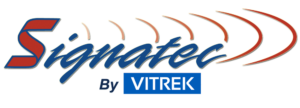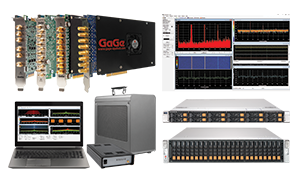
Signatec is a legacy product brand of Vitrek, LLC and all Signatec based technology has been incorporated into our current GaGe product brand providing PC-based high-speed and real-time signal acquisition, processing and recording systems. Please visit our GaGe product brand for current product solutions:
